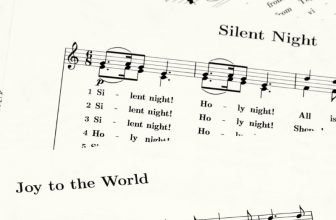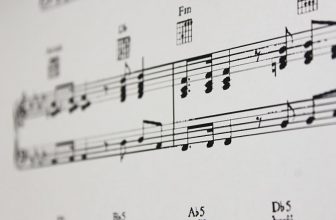Key vs Scale vs Mode

A scale is musical notes arranged in an order, whereas a key is determined by the tonic note from which we derive the chords of a scale. A mode is an elaboration of a scale.
Music theory can be quite intimidating when you are a beginner. Notes, chords, keys, scales, modes… there are so many things to wrap your head around. But once you get the hang of it. It all becomes very simple. Knowledge of these helps you write better music and make choices that accurately describe what you are trying to express.
Scale
A set of musical notes arranged in a particular order is called a ‘scale’. Knowledge of the different scales gives us a better understanding of what notes to play in a chord progression, or what chords to play in a key. Scales can be of different types. Some of the most commonly used ones are:
- Chromatic: The chromatic scale uses all 12 notes in an octave and is great for practicing finger exercises. An example of the chromatic scale is when you play a ‘C’ note, you follow it by all the notes till you reach the ‘C’ in the next octave (C, C#, D, D#, E, F, F#, G, G#, A, A#, B and the next C).
- Major: This is one of the easiest but most versatile scales to know. It follows the formula 1-1-½-1-1-1-½ where the 1s and ½s correspond to the different semitones. The C-major scale starting from C would thus be C-D-E-F-G-A-B.
- Minor: A minor scale gives off a moody and often melancholic sound. Minor scales can be a ‘natural’ minor, a ‘harmonic’ minor, or a ‘melodic’ minor. The formula to remember for a natural minor is 1-½-1-1-½-1-1. So a C-minor would be C-D-D#-F-G-G#-A# and back to C.
- Major Pentatonic: If you remove the 4th and the 7th note from a major scale, you get a major pentatonic scale most commonly used in genres such as the blues. So a C-major pentatonic is C-D-E-G-A. The formula used here is 1-1-1½-1-1½.
- Minor Pentatonic: Removing the second and sixth notes from a natural minor will give you the minor pentatonic scale. Using 1½-1-1-1½-1, the notes for C-minor pentatonic scale are thus C-D#-F-G-A#.
While these are some of the most commonly used scales, there are others such as the ‘Diminished’, the ‘Hungarian Minor’, and the ‘Persian’ scale.
Key
The chords that we get from a scale of a ‘tonic’ or central note give us the key. Keys do not have a specific formula, they represent the essence of a piece of music. Although most music will have the same key throughout, there are instances of key changes in songs. A notable example of this is ‘Dreams’ by Fleetwood Mac. This is possible because you can take a note from a particular key, make it your root note and continue from there. Of course, this has to be pleasant sonically. If you are in the key of ‘C’, the most commonly used relative keys are G, A-minor, F, E-minor, and even D-minor.
Mode
Modes are variations on a scale. Music would be boring if only the basic scales dictated all the rules. Modes are scale variations that can begin on any note in a scale and not just its root. There are 7 most important modes in music theory. These are:
- Ionian: A major scale is also known as an ‘Ionian’ mode. It starts from the root and follows the major scale pattern.
- Dorian: Starts from the second note.
- Phrygian: Starts from the third note.
- Lydian: Starts from the fourth note.
- Mixolydian: Starts from the fifth note.
- Aeolian: The Aeolian mode is the minor scale of a root. This is because the sixth note in a scale is what is used to determine a natural minor.
- Locrian: Starts from the seventh note. This is most commonly used in jazz music.
Knowing the fundamentals of notes not only helps us play better solos but also gives us the freedom to explore more colorful chord progressions when writing music.
Summary
The best way to understand the differences between scales, modes, and keys is definitely by practicing how to play them on your instrument. When you are starting, you can put up visual aids around you. Seeing them on the regular will imprint the images in your mind. Do not be afraid of music theory. Once you know all the rules, you can break them with confidence.





